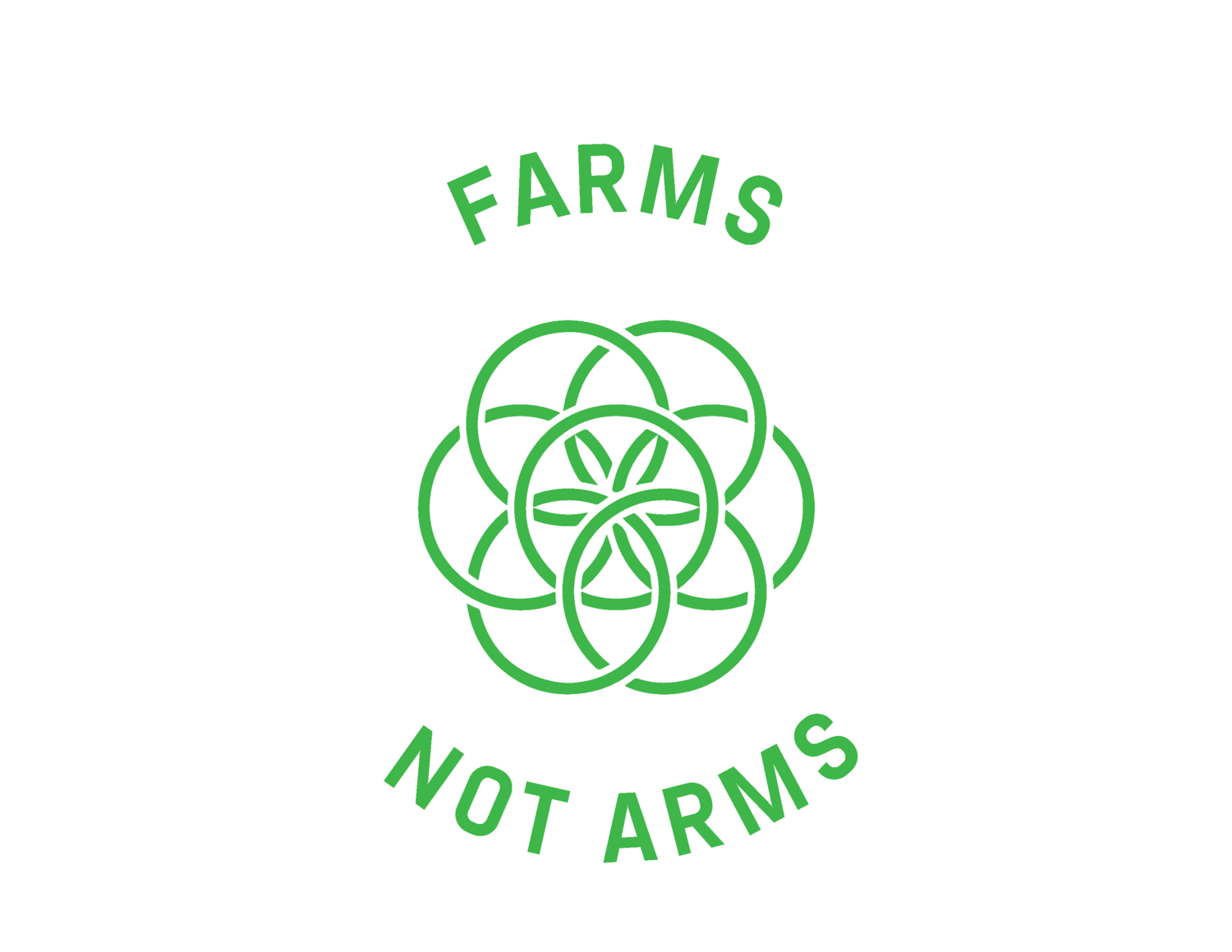Design Challenge Factsheet
Food Consumption:
● Refugees have an average of 2 meals/day: Usual meal times are around noon, and in the evening for dinner.
● They all eat together as a family, especially for dinner when everyone is back home. Syrians have big families, with an average of 10 people in each household; so large quantities of food required to feed each family.
Income Streams:
● Agriculture work: Women working in the field get paid $4/day and work 5-7 hours a day. Some girls sometimes work 2 shifts a day. Problems with it: very sporadic payment; sometimes they don't get paid right away. Very seasonal. they get more work in summer.
● UN cards: $27/ month, used to be $45/ month but they decrease it every year. Not everyone gets UN assistance. UN chooses randomly, no correct needs assessment in place.
● Construction work: Some of the husbands work as casual laborers in construction. Not everyone can find work; men have higher unemployment rates. Work opportunities also fluctuate seasonally.
●Small businesses: Some refugees operate little stores and markets inside of camps that are similar to bodegas with cheap goods.
Food Flows in Informal Bekaa Camps:
● Multiple produce sellers come to camps daily but the refugees cannot always afford to buy produce. They buy whenever they can and tend to buy a few things at a time.
● They mostly buy on credit from produce sellers and pay them back when they receive their UN card (on the 5th of every month) or once they get paid from a job. Quote from a produce seller: “ If you don’t sell on loan, you can’t work.”
● Repayment rates are actually very well. Whenever the refugees get the money, they tend to pay back.
● One of the main problems with produce is that ones in the camp are of the lowest quality and the cheapest out of all produce in Lebanese market.
● They buy their dried foods (lentils,beans etc) and cans from the little shops in each camp.
● They also make their own “mouneh” (preserved foods)
Division of Land and Prices
Planting inside camps is sometimes problematic. Kids end up playing with produce and wasting it. A lot of refugees believe agricultural land and residential land have to be apart.
The price of agricultural land and residential land vary greatly in the Bekaa and across its different region. The average price of agricultural land is $600/ 1000 meters squared.

